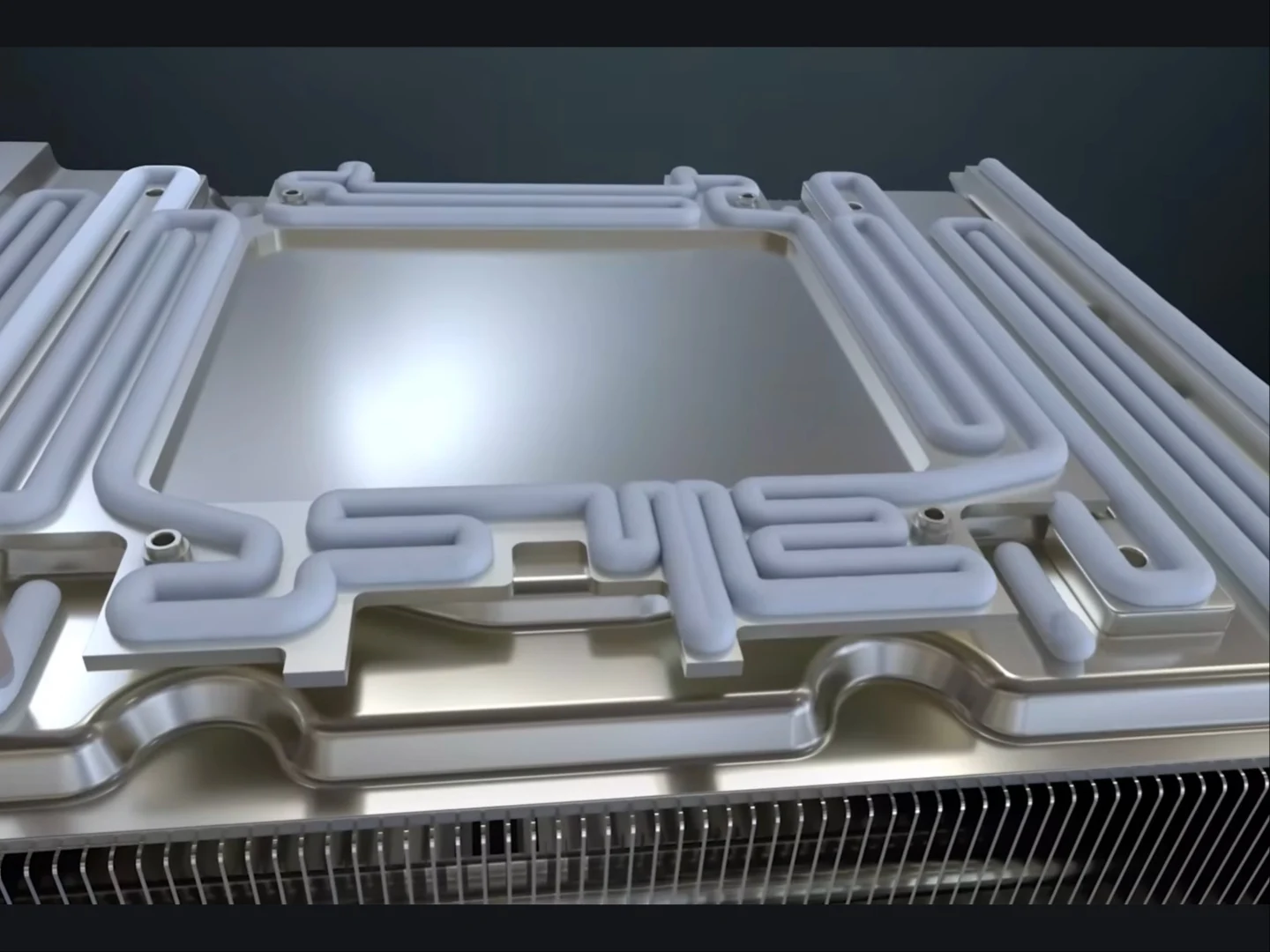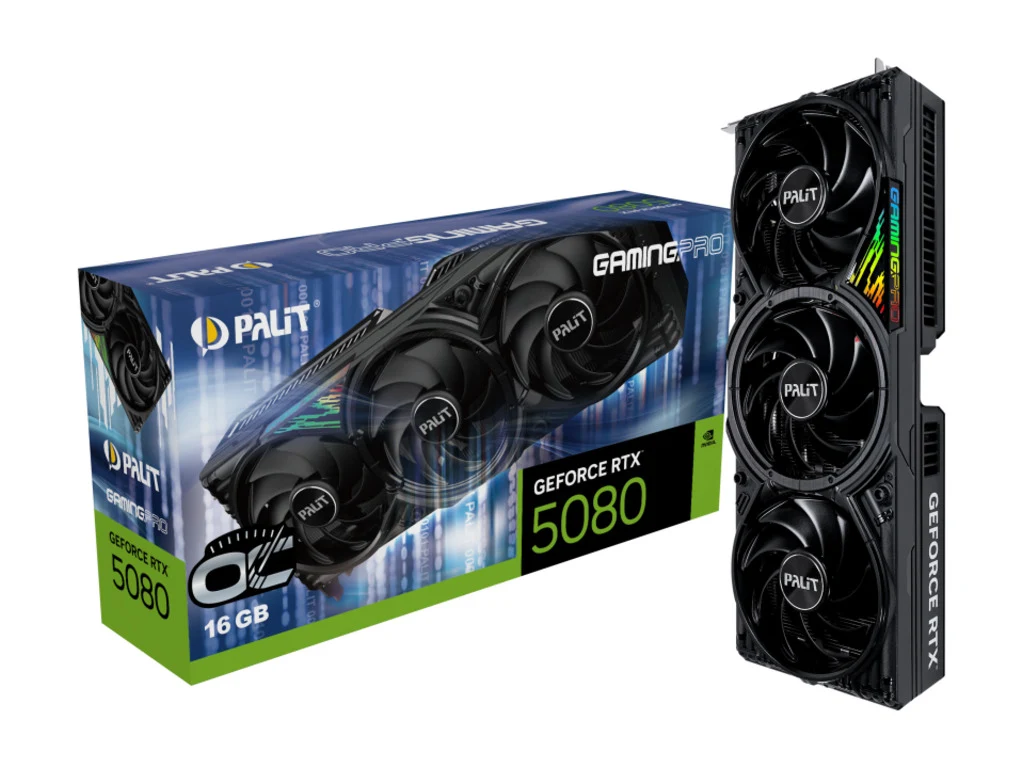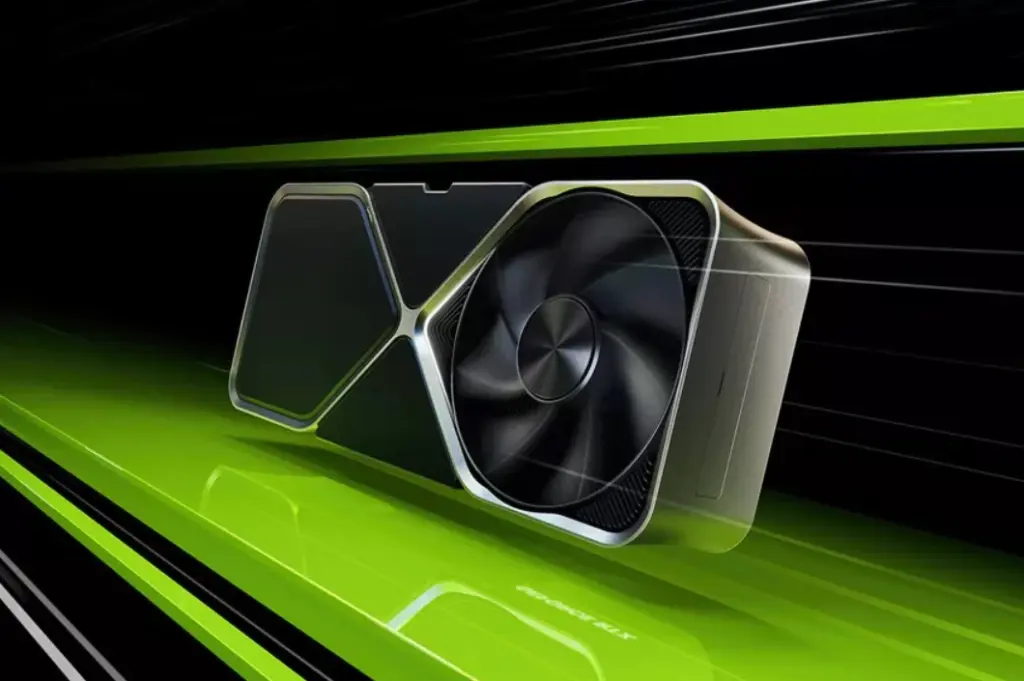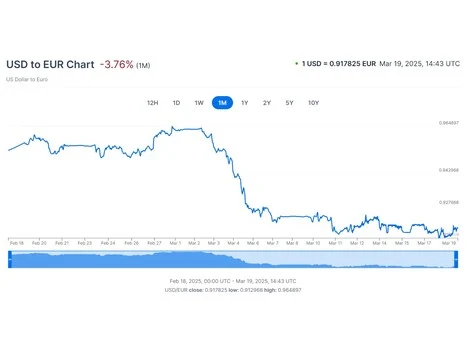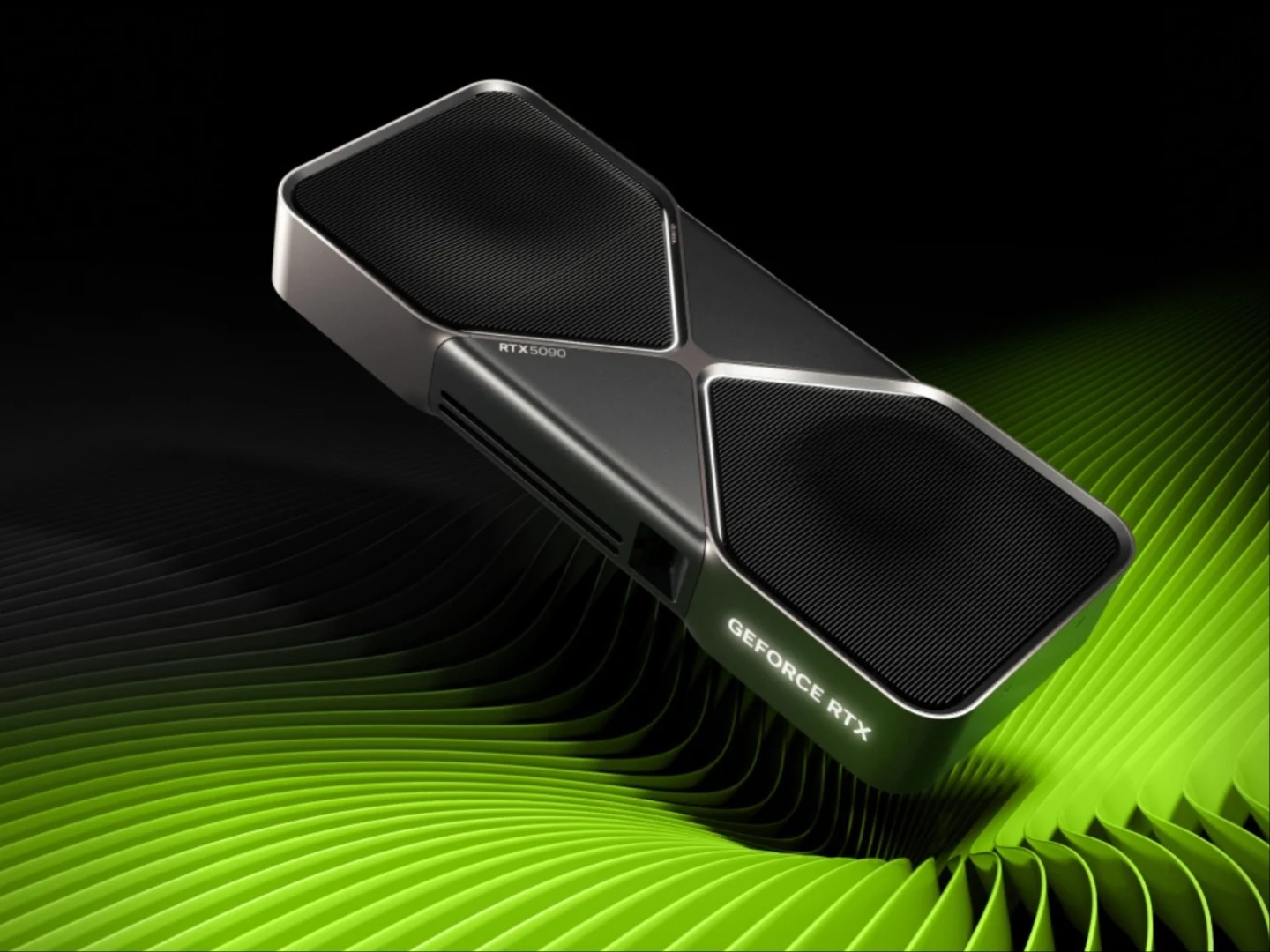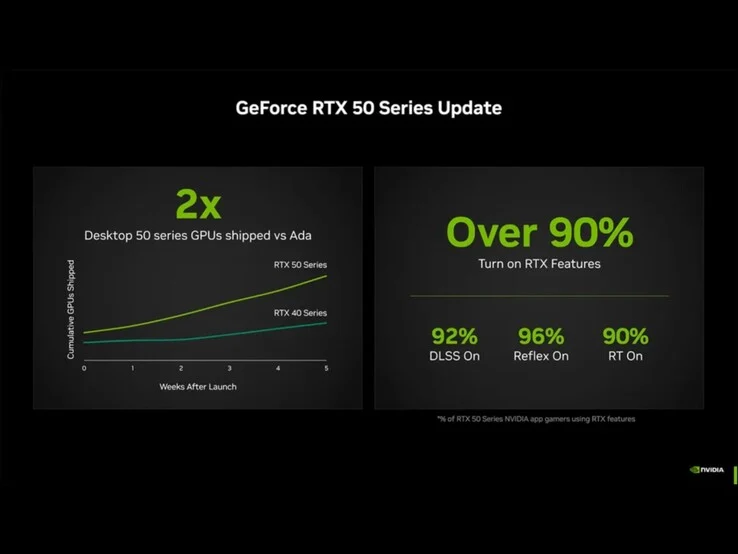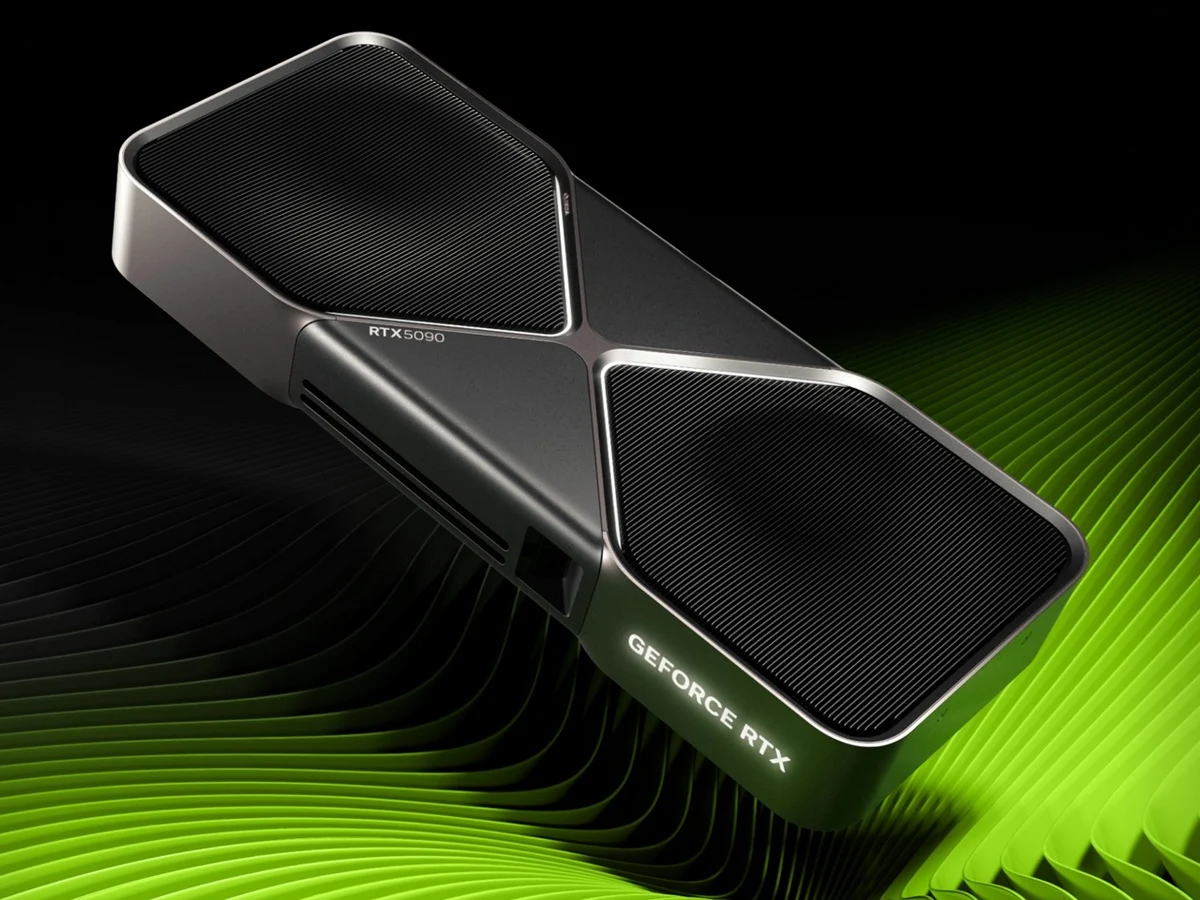Key Takeaways
1. RTX 50 series laptops initially struggled to reach their maximum total graphics power (TGP), leading to disappointing performance compared to earlier models.
2. There were reports of missing ROPs in certain RTX 50 series laptop models, contributing to performance issues.
3. Nvidia released a driver update (GeForce GRD 576.52) on May 19, which addressed the TGP limitations in the RTX 50 series.
4. The driver update resulted in minor performance improvements, including an additional 10W and a 50 MHz boost in clock speed for the RTX 5080.
5. Despite the performance gains from the driver update, Nvidia did not publicly emphasize the issue, opting to keep it low-profile.
Soon after reviewers began testing the RTX 50 series laptops, it became clear that these GPUs were struggling to hit their maximum total graphics power (TGP). This led to disappointing performance, with earlier generation laptops outperforming the new RTX 50 series. Thankfully, Nvidia has quietly resolved this issue with a driver update released on May 19.
Performance Problems on Arrival
Despite the delayed launch and limited communication from Nvidia regarding the RTX 50 series laptops, there were significant performance issues upon their arrival. Reports indicated that certain models had missing ROPs, a problem that also affected some desktop GPUs. Furthermore, reviewers noted that the laptop GPUs failed to achieve their expected 175W TGP. Although TGP can vary among different GPUs, this seemed to be a common problem with the RTX 50 series, resulting in lackluster performance and further disappointment regarding the series’ launch.
Driver Update Brings Improvements
Fortunately, the GeForce GRD 576.52 driver, released on May 19, appears to have resolved these concerns. Within the general bugs section, one fix noted is “[Notebook] GeForce RTX 50 series TGP limit may be clipped earlier.” According to YouTuber GizmoSlipTech, this issue has indeed been addressed. In a brief video comparing performance in Witcher 3, the RTX 5080 laptop GPU managed to achieve an additional 10W and a 50 MHz boost in clock speed following the driver update.
Minor Gains in Gaming Performance
While the increase in FPS during gameplay wasn’t groundbreaking, it was encouraging to see that the GPU could reach, or at least come closer to, its full capabilities. Nvidia did not publicly highlight this update, seemingly preferring to keep the issue under wraps, which is not surprising given the circumstances.
Source:
Link



